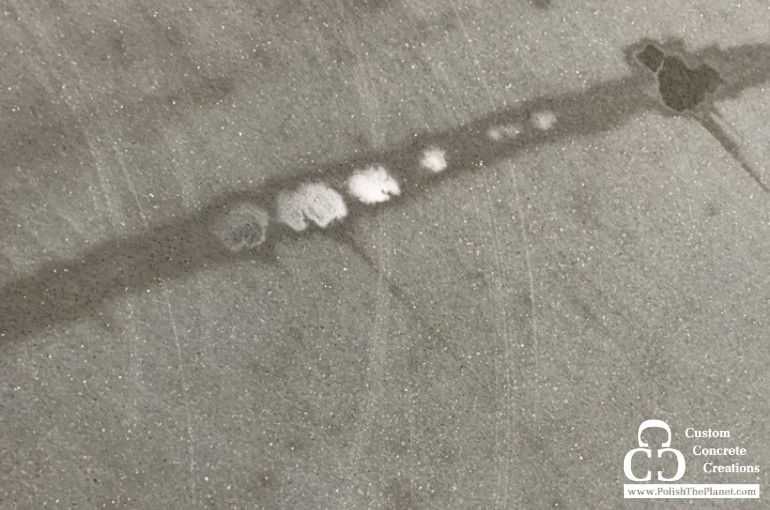
If you’ve ever walked into a garage, warehouse, or commercial space and noticed the floor looked wet but it hadn’t rained, you’ve probably seen concrete sweat in action. This common issue, also called “sweating slab syndrome,” can cause frustration for property owners, business managers, and facility operators alike. So, what is concrete sweat, and how can you stop it? Let’s break it down.
What Is Concrete Sweat?
Concrete sweat happens when moisture in warm, humid air condenses on the surface of a cooler concrete slab. It’s similar to how a cold glass of water collects condensation on a hot day. The concrete stays cool longer. When warm, moist air meets it, water forms on the surface.
This usually happens during sudden weather changes, such as when a cold snap ends and warm, humid conditions return. Large spaces with concrete floors, such as garages, warehouses, and retail stores, are most susceptible. The risk is higher when airflow is poor or when the space experiences rapid temperature changes from cold to warm.
Concrete sweat can cause more than just a slippery surface. It can lead to safety hazards, encourage mold growth, or damage goods stored on or near the floor. In extreme cases, it can also affect floor coatings or finishes if left unchecked. That’s why knowing how to stop concrete from sweating is so essential for protecting your space.
How to Stop or Prevent Concrete Sweat
While you can’t control the weather, you can take steps to reduce or eliminate concrete sweat. If you’re wondering how to stop concrete sweating, these solutions can make a big difference:
1. Improve Airflow
The simplest and most effective way to fight concrete sweat is to improve ventilation. Use fans to keep air circulating and help balance temperatures between the concrete slab and the air above it. For larger spaces, consider industrial ceiling fans or HVLS (high-volume, low-speed) fans to efficiently move air.
2. Control Humidity
Moisture in the air is the root cause of concrete sweat. Dehumidifiers can help pull excess moisture from the environment and reduce condensation on your floors. This is especially important in enclosed spaces, such as warehouses or garages, where natural air exchange is limited.
3. Seal the Slab
Applying a penetrating concrete sealer can help reduce the slab’s porosity. This makes it less likely to absorb and release moisture unevenly. A well-sealed floor can also make cleaning easier and improve resistance to stains or other damage.
4. Insulate or Heat the Space
In some cases, heating the interior slightly during seasonal transitions can help reduce the temperature gap between the slab and the surrounding air. This can minimize condensation risk. Similarly, insulating the space can help maintain more stable temperatures. This is another key strategy for effectively stopping concrete sweating.
5. Address Site Drainage
Sometimes moisture issues start below the surface. Ensure that site drainage is moving water away from the building’s foundation so moisture doesn’t wick into the slab from underneath.
The Bottom Line
Concrete sweat is a common but manageable issue. With proper airflow, humidity control, sealing, and site planning, you can protect your space and keep your floors safe and dry. Understanding how to stop concrete sweating is the first step in creating a safer, longer-lasting floor. At Custom Concrete Creations, we’re here to help you find solutions that work for your space.
Need help keeping your floors performing at their best? Contact us today.
